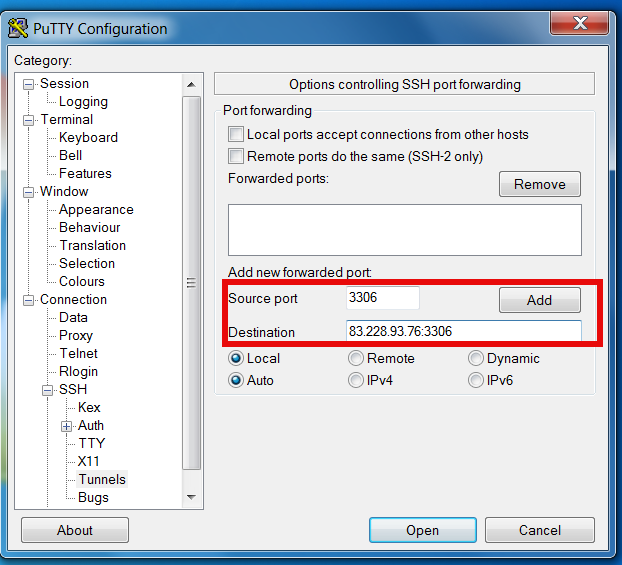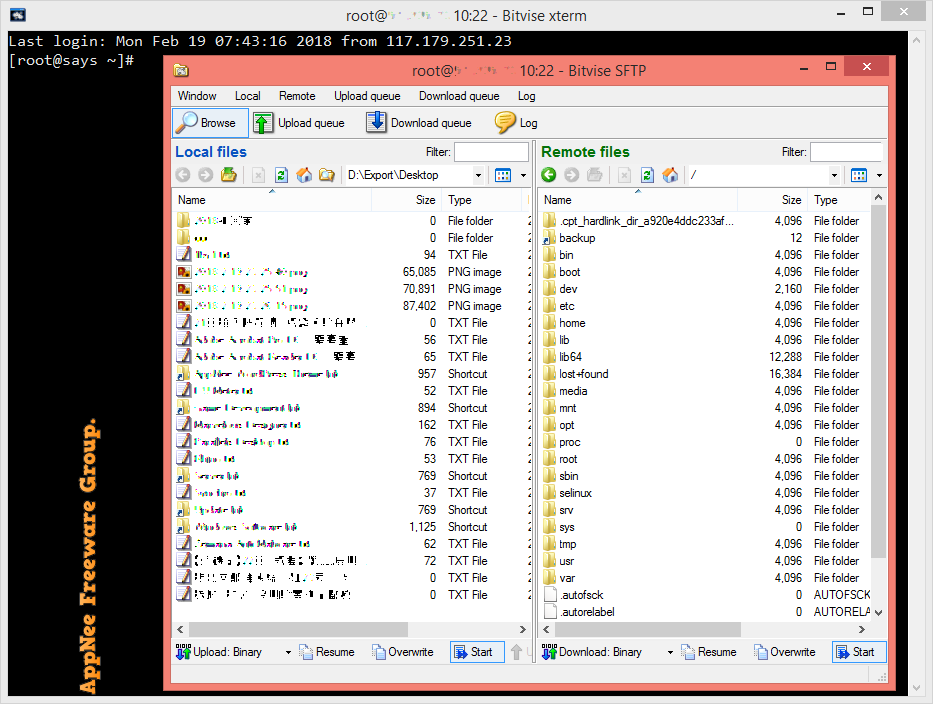

NOTE: Although this could be useful when using a public computer– it won’t protect you from local machine monitoring tools (keyloggers, screen captures, etc). Enjoy browsing the web using your own personal SSH proxy. Or have your buddies do it for you– they’ll no doubt be impressed by your newfound computer skills. In fact, it SHOULD be the IP address of the SSH server (or whatever machine is handling its connections). It should be different from the machine you’re on. If you do, things might not work correctly.)Ĭlick “OK” until you’re back to your browser. Note: DO NOT enter any other proxy settings for other protocols (this includes the “use proxy server for all protocols” option. Port: 8888 (or whatever port you decided to use in Step 3) Proxy Address/Host: localhost OR 127.0.0.1 But how do we test it out? Keep reading…įire up your web browser and navigate to its proxy connection properties menu.įor Firefox 3, it is in Tools->Options->Advanced->Network(tab)->Connection, Settingsįor IE6, it is Tools->Internet Options->Connections(tab)->LAN Settings(button)->Advanced(button)įind the SOCKS settings text box and enter the following: (For extra security and bonus cool points, have your SSH server only accept certificates)Īt this point, your Putty-enabled SOCKS proxy should be active. In most cases, this will be a username and password. Putty will ask for your login credentials. The forwarded port is now added to the connection settings. This tells Putty that, upon a successful connection, a SOCKS tunnel should be opened from a port on the computer you are using to the SSH server. Just be sure to remember what it is)ĭestination: hostname/IP address of the server on which you have an account Source port: 8888 (or any port of your choosing.
Putty ssh proxy how to#
This tells Putty how to connect to the SSH server. You can use the plink.exe with the -nc switch instead of the ssh with the -W switch: The 'local proxy command' is: plink.exe userproxyhost -P proxyport -nc host:port.
Putty ssh proxy software#
A popular web browser or other software that supports SOCKS communicationsįire up Putty and navigate to the Session CategoryĮnter the hostname/IP address and port of the server on which you have an account. An account on an Internet-accessible server that accepts SSH connections and allows connection forwarding (enabled by default)

This can be used to execute arbitrary screen-based programs on a remote machine. The following is a simple step-by-step tutorial about how to do this. ssh -tt vivekJumphost ssh -tt vivekFooServer command1 arg1 arg2 ssh -tt vivekJumphost ssh -tt vivekFooServer htop ssh -tt vivekJumphost ssh -tt vivekFooServer screen -dR Where, The -t option passed to the ssh command force pseudo-tty allocation. When used in combination with Secure Shell (SSH), it can form an encrypted tunnel that insulates you from anyone attempting to grab traffic off the wire. SOCKS proxies generally allow you to “bounce” a TCP connection off another server transparently– basically instructing another computer to make a connection on your behalf. You can also enable this mode on the command line see section 3.8.3.24.If you ever find yourself in front of a public computer connected to the Internet and are concerned about the security of the path between you and a website you wish to visit, a SOCKS proxy can come in handy. See section 3.8.3.14 for more information. If you want your local proxy command to make a secondary SSH connection to a proxy host and then tunnel the primary connection over that, you might well want the -nc command-line option in Plink. This could be used, for instance, to talk to some kind of network proxy that PuTTY does not natively support or you could tunnel a connection over something other than TCP/IP entirely. When the session is started, instead of creating a TCP connection, PuTTY runs the command (specified in section 4.15.5), and uses its standard input and output streams. Selecting ‘Local’ allows you to specify an arbitrary command on the local machine to act as a proxy. Type the name in the Auto-login username field. On our Lab that will be any IP address or Private DNS. Type the IP address or DNS Name of your Private SSH Server. Selecting ‘Telnet’ allows you to tell PuTTY to use this type of proxy. 5 Steps to configure SSH Proxy with Putty Open Putty and create a new connection. Many firewalls implement a less formal type of proxy in which a user can make a Telnet connection directly to the firewall machine and enter a command such as connect 22 to connect through to an external host. Selecting ‘SOCKS 4’ or ‘SOCKS 5’ allows you to proxy your connections through a SOCKS server. Selecting ‘HTTP’ allows you to proxy your connections through a web server supporting the HTTP CONNECT command, as documented in RFC 2817. The default setting is ‘None’ in this mode no proxy is used for any connection. The ‘Proxy type’ radio buttons allow you to configure what type of proxy you want PuTTY to use for its network connections. Previous page next page 4.15.1 Setting the proxy type


 0 kommentar(er)
0 kommentar(er)
